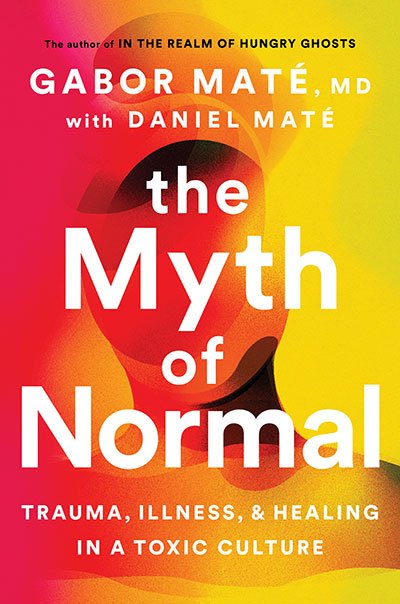Self Care - Redesigned
/By Megan Allcock, AMFT
Self care is a term that has really taken off in the past few years. As the awareness of mental health began to increase, so did the idea of self care. Unfortunately, it has become capitalized on and therefore been reduced to this idea of face masks, candles, and bubble baths. Which are absolutely a PART of self care, but not the whole. Self care is a lifestyle not a “thing” to do. So let’s talk about nine different types of self care and how to incorporate them into your life.
Physical Self-Care is taking care of physical wellness and overall health. Some ways to practice self care for your body physically are getting enough sleep, drinking enough water, moving your body in ways that feel good, making and keeping doctor appointments, eating nutrient dense foods and getting enough fresh air/sunlight.
Emotional Self-Care is taking care of your emotions using empathy and self compassion. Ways to practice this would be journaling, therapy, emotional check ins with yourself, self compassion, releasing energy through music or art, asking for help when you need it and managing your stress.
Social Self-Care is a type of care that involves health family, friend and romantic relationships. It is important when fulfilling this type to spend time with safe people, create and maintain health boundaries, understand and follow through on your emotional battery (balancing alone time and social time depending on individual needs), and asking for support from safe people.
Spiritual Self-Care this care often involves religious beliefs, but is important to remember this involved any activity that nurtures your spirit, soul and allows you to think about something bigger than yourself. Examples include meditation, yoga, going to a place of worship, spending time in nature, prayer, reflecting, etc.
Personal Self-Care prioritizes doing things that honor what you enjoy, need and want. This can include enjoying hobbies, treating yourself (traditional self care of face masks, spa, candle, etc), trying something new, and spending time alone.
Home Environment Self-Care can be a bit of a challenge for some because this can often be out of your control, particularly for kids and teens. This type of self care involved maintaining a safe, functional and comfortable home space. This can look like having physical safety and stability, but also includes having a clean, comfy organized space in whatever form that applies to you.
Financial Self-Care is another challenging one because it often can be somewhat out of people’s control. This means maintaining financial goals and obligations. Self-care in this form often involves saving, researching budget information, paying bills, managing money and budgeting, and getting advice from financial experts (this can be personalized, but also through a podcast or internet source).
Intellectual Self-Care addresses the inner thinker and lifetime learner that exists in all of us. This type of care involves expanding your knowledge, mindset or reasoning. Some examples to foster this include reading, listening to podcasts, watching documentaries, or even researching into a specific topic that interests you.
It is not necessary to do all of these everyday because first, that’s unrealistic and second, you don’t usually need all nine in one day. There will be some moments you are craving intellectual self care, so lean into that. There will be seasons of life that need more of one kind of self care than the other, so again go with that by listening to your brain and body. All you can do is your best!
















